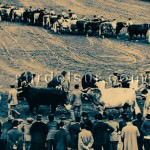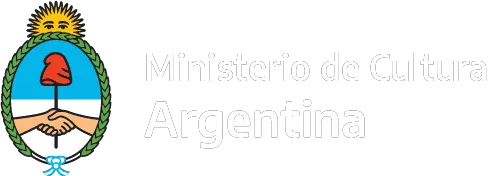According to the 2018 National Agricultural Census in the livestock sector, there are just over 40 million cattle, approximately 8.6 million sheep, 2.5 million goats, almost 3.6 million pigs, and just over 904,000 horses. (Source: Instituto Nacional de Estadísticas y Censos, INDEC Censo Agropecuario 2018)
Panorama of livestock in Argentina
The cattle were reduced to 69 million, according to the census of 2002. The 57 million head of cattle, 2007, fell to 48 million in 2010. In 2013 the figure stands at 51.7 million.
The historical average head of cattle, with some ups and downs in the last decade, is 54 million bovine cattle.
Production and export of meat
In 2005, Argentina was the third largest exporter of beef in the world, with 771,000 tons. In 2012, with 183,000 tons sold, it fell to No. 11. In 2013, 201,688 tonnes were exported.
Meat, central product of the livestock sector has to supply domestic demand in itself high. In Argentina Each inhabitant consumes an average of 132 pounds of meat per year.
The surplus is exported. Argentine steaks are renowned for their quality in the international market, in which stand out because they come from cattle fed with natural grasses.
According to the National Service for Agrifood Health and Quality (SENASA), as of March 2018, 54,816,050 animals were counted. The bovine livestock stock shows a recomposition of 2.7% with respect to the same period of 2017. That is to say that the current bovine stocks are the largest of the last decade, taking as reference the 2008 with something more than 48 million animals.
The meat production was 3.13 million tons in 2005, 2013 closed with an estimated 2.84 million, down nearly 10%.
In 2018, the Chamber of Industry and Commerce of Argentina (CICCRA), would indicate that the production of meat was 3.0 million tons. Meanwhile, 328,327 tonnes were exported, 72.1% more compared to the same period of 2017, making it the 6th world exporter of beef.
Milk production and export
Milk production in 2013 was 11,100 million liters, 10% above the 10,111 million in 2000. (SRA). However, for about 15 years, production has been stagnating. 10,000 million liters are produced annually.
The sectoral problems on profitability and low efficiency added to the floods of 2016, 2017 and the impact of the subsequent drought, did not help its recovery. Despite this, milk production grew by 7.3% in the first half of 2018. Exports of dairy products were 170,266 tons, that is, they increased 24.3% in volume between January and August 2018, compared to the same period of 2017. (Secretary of Agribusiness)
Livestock Mild Climate Area
An 80 per cent of the beef cattle is concentrated in the Pampa plain. Beef breeds are: Shorthorn, Hereford, Aberdeen Angus and Charolais . and the main dairy breed is Holando. A 30 per cent of the ovine cattle basically corresponds to Lincoln and Corriedale breeds. Over a 90 per cent of the porcine raising is intended for domestic consumption. The race for the production of milk is the Holando-Argentina . It breeds in the areas next to urban centers.
The two most important aviculture, apiculture and rabbit keeping centers are Entre Ríos and Buenos Aires.
The Mild Climate Area has excellent weather conditions and soil provides natural pastures, ideal for raising cattle.
Livestock Sub-tropical Climate Area
In this area, the production was always concentrated on covering domestic demand. The provinces of Misiones and Corrientes are characterized by the development of native breed and Hereford beef cattle raising. In the Chaco plain, beef cattle is crossbred with European breeds or zebu. The native breed prevails in ovine cattle. In the north-west, stock raising is not important. The dairy and native breeds prevail. Among the wool cattle, it is worth noting karakul, from which “astrakhan” is obtained.
Livestock Arid Area
In the Puna, the climatic conditions are adverse for stock raising. There are only some Wool and caprine cattle, the llamas being the most relevant. In the Pampa sierras, there is an abundance of caprine cattle, from which flesh, skin and milk for cheese-processing can be obtained. There are also native sheep, intended for the production of thick wool, mules and rural equine cattle.
In Patagonia ovine cattle prevails, mainly of Corriedale, Argentine and Australian Merino and Romney Marsh breeds.
To complete the subject with information on Agriculture in Argentina, and also the development of the remaining Economic Activities in Argentina
This is an abridged version of the report on economic activities.
The full version is available only in Spanish version: Argentina: Actividades Económicas
Bibliography:
- Agroindustria: Livestock Production Table 1990-2013. Total records in the Country.
- INDEC: National Agricultural Census 2002.

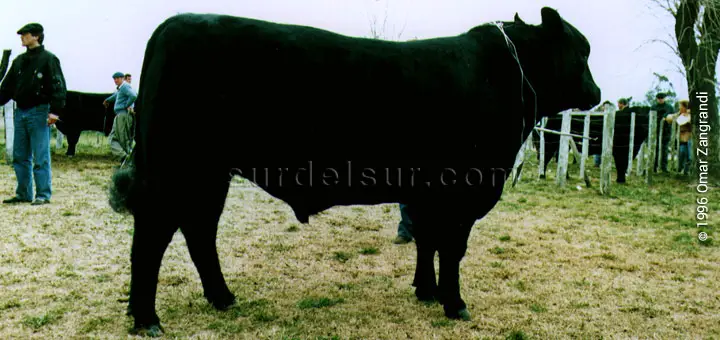
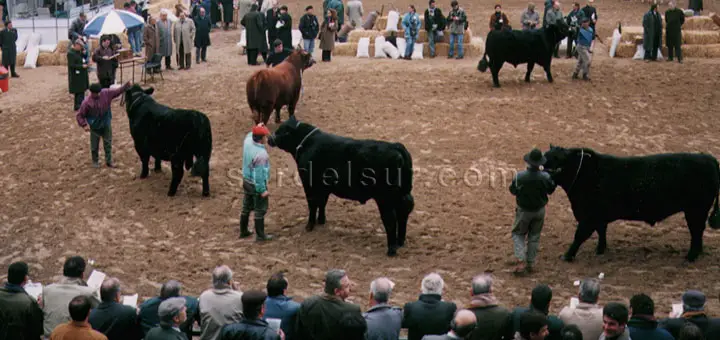
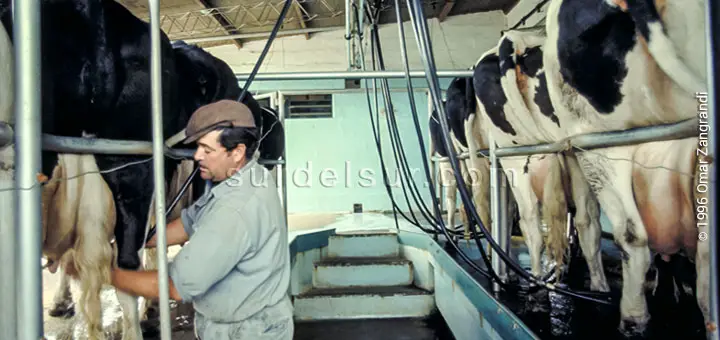
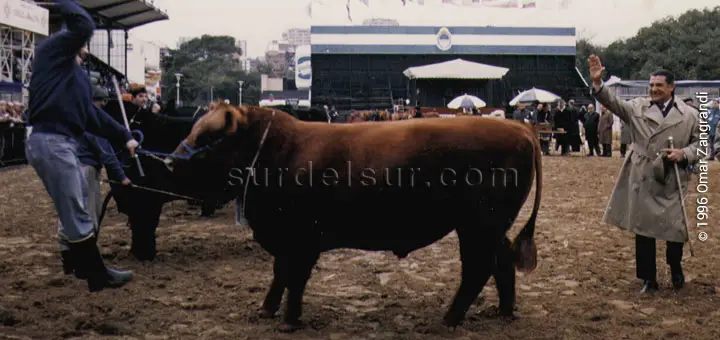
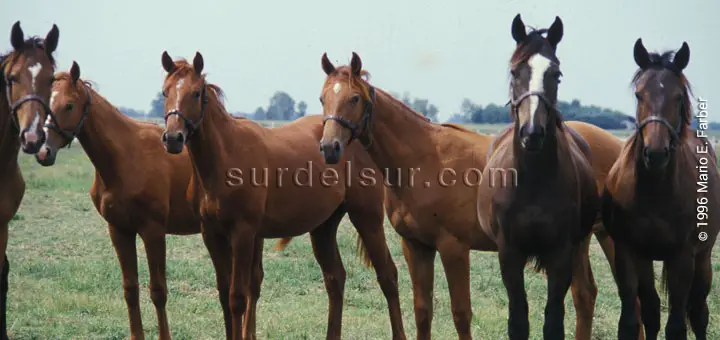
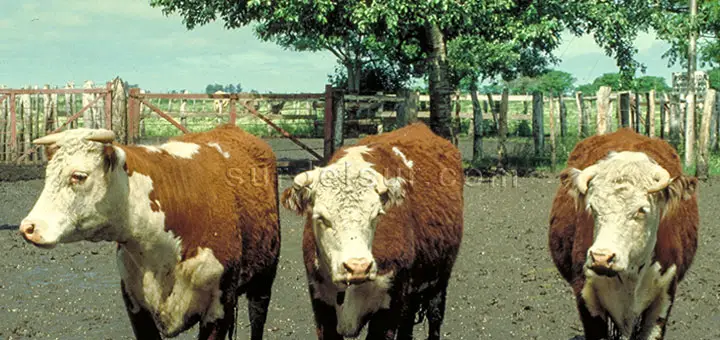
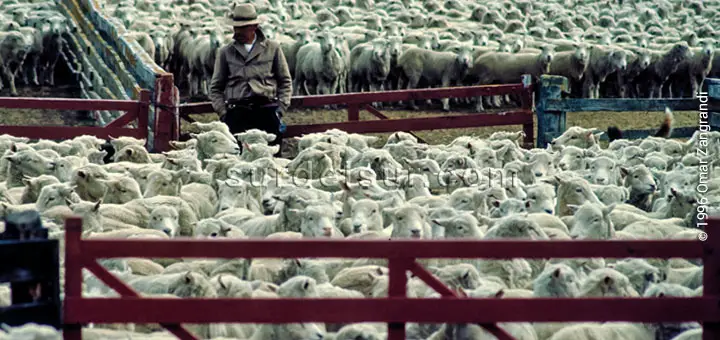
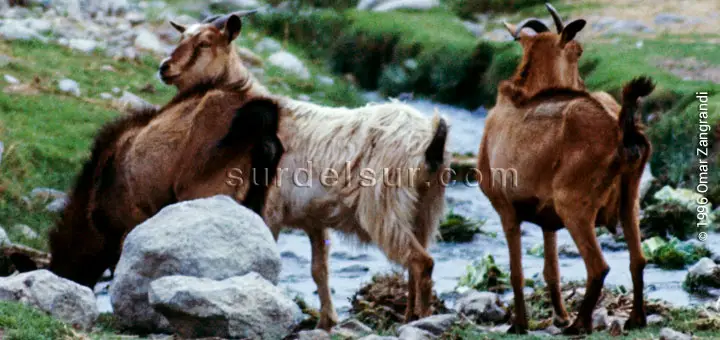
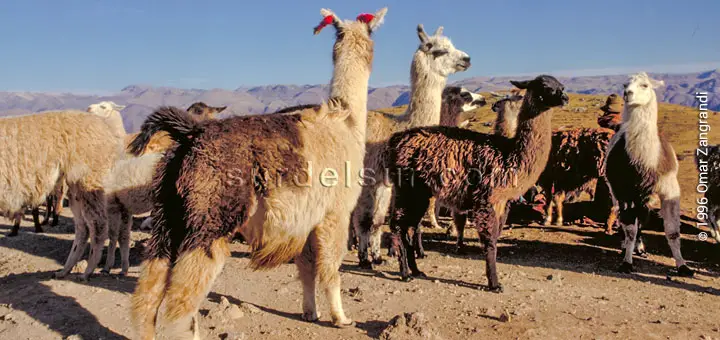

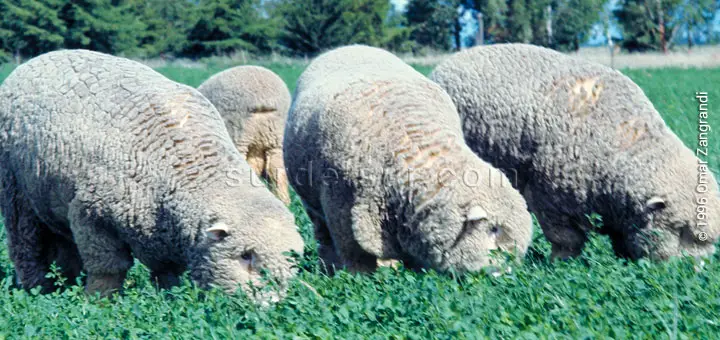
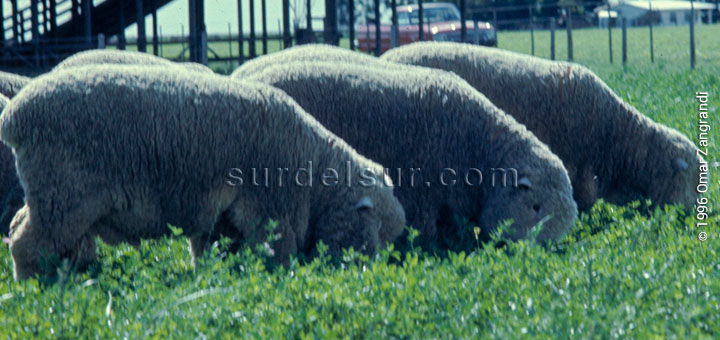



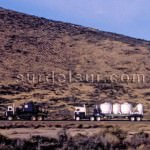

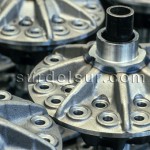
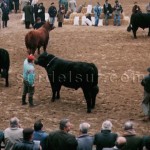

![Agriculture in Argentina: Crops, Productive Areas [2024] 20 Agriculture in Argentina: Crops, Productive areas](https://surdelsur.com/en/wp-content/uploads/sites/3/2015/03/agricultura-en-argentina-panorama-150x150.jpg)

